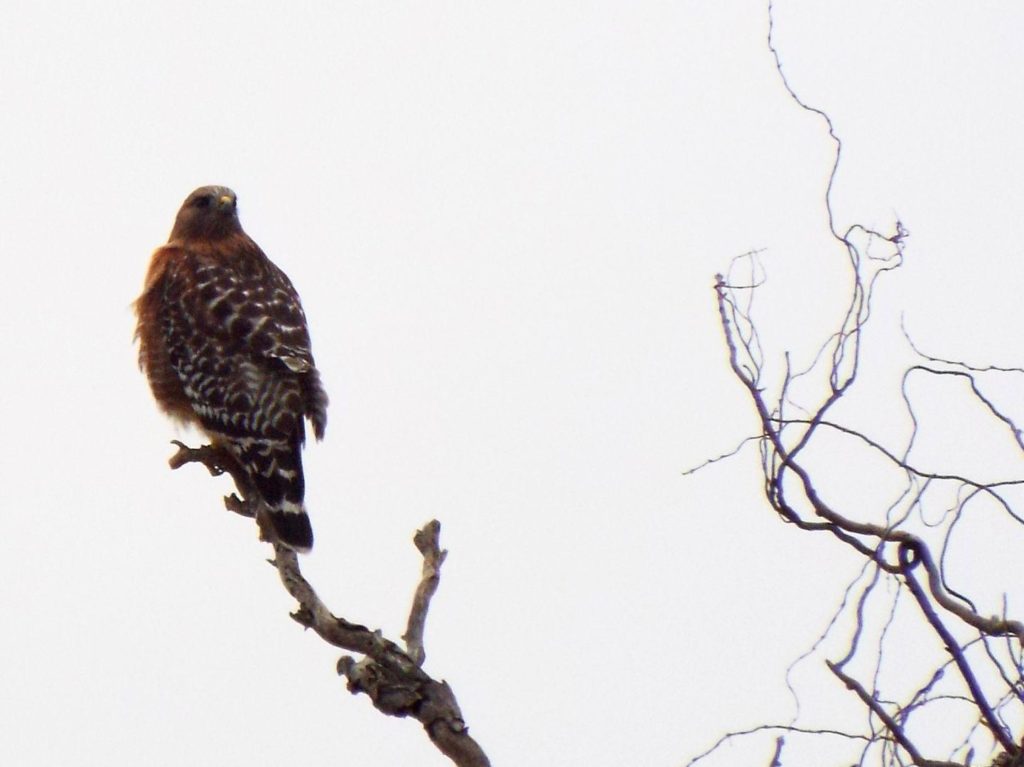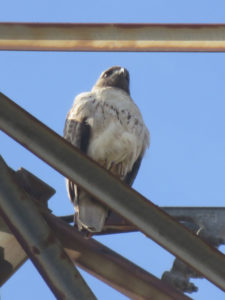Yahoo Groups is shutting down, taking years’ worth of users’ writing and discussions with it. It’s the latest reminder that if you don’t host it yourself, your stuff is at the mercy of someone else’s business decisions. Or whims.
And yet…
My old blog posts are full of dead links to sites where people were hosting their own stuff, but it’s gone now. I’m sure some was taken down deliberately, but I’m sure there’s also a lot that was lost because they couldn’t maintain it.
Self-hosting isn’t just a matter of knowledge. It’s a matter of time. It’s a matter of being able to update things that need to be changed (like TLS certs or software). And there are ongoing costs: Domain name registration. Hosting service, if you’re using a hosting provider. Bandwidth if you’re using your own server.
And if for some reason you can’t keep those ongoing costs going, guess what? Your stuff goes offline. But you’re still on Facebook!
There’s a character in Les Misérables, Pere Mabeuf, who gets left out of most adaptations. He’s an old man who, for a time, eked out a living from a book he’d published years earlier. Eventually he’s so strapped for cash that he has to sell the printing plates, so even if someone wanted to buy a print run, he couldn’t do it. Essentially, he was self-hosting his work until he couldn’t afford to anymore.
Imagine one of these scenarios:
- You’ve got some nice photo gallery or CMS, and you can afford the storage and bandwidth…and then financial trouble hits.
- You have a site for a hobby that you don’t keep up with anymore. You don’t mind leaving it online, but it gets to be a pain to keep going, and starts feeling like it’s not worth the effort.
- You die, and your family has to decide how long to leave the FreedomBox plugged into the network.
On one hand, a social network site might close down like Google+, purge accounts like Tumblr, change pricing drastically like Flickr, lock down access like Instagram or Photobucket, change their algorithms for what people see like Facebook… On the other, you can keep using a service like Mastodon or Twitter or Facebook even if you lose the resources to maintain your software, your VPS, your internet connection that allows incoming HTTPS, etc.
The trade-off is not just convenience vs. control. It’s host your own stuff to protect it from the whims and misfortune of (and exploitation by) third-party services. Or use the cheap/free third-party services to protect your stuff from your own misfortune.
I still think, on balance, it’s better to host your own online presence if you can, at least the parts you want to be long-term. Have your conversations where other people are, and put your art or work somewhere you control. But as a backup, I think every CMS should incorporate an “Export to static site” feature*. That way, you (or your next of kin) can quickly produce a fully-functional static site to toss on cheap shared hosting as an archive.
*You can use wget -m in a pinch, but you probably also want to remove things like comment forms in the process.





